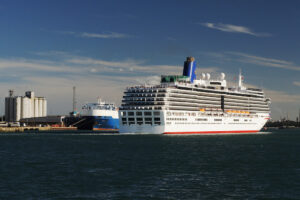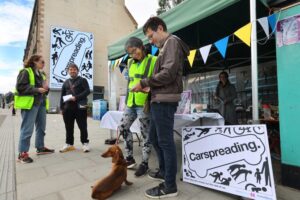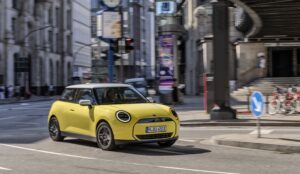London cyclists travelling towards Liverpool Street Station should take a different route home during evening peak-time hours to avoid breathing in harmful black carbon from vehicles.
These are the findings of a new collaborative air pollution study from the University of Surrey’s Global Centre for Clean Air Research (GCARE), jointly with University of São Paulo and University of Twente.
In their study which has been published in the Journal of Transport Geography, scientists studied the black carbon levels cyclists are likely to be exposed to on heavily trafficked main routes in three major cities — London (travelling to Liverpool Street), Rotterdam (travelling to Rotterdam Station) and São Paulo (travelling to Paulista Avenue).
The scientists then compared this information with black carbon exposure on alternative routes between the same origin and destination that feature parks, waterways and other green infrastructure.
The results also found that cyclists were exposed to twice as much black carbon levels on main routes in São Paulo compared to London and Rotterdam.
Meanwhile, Londoners cycling home on the main route during the evening commute were exposed to more pollutants than those who took the same route in the morning, and twice as much black carbon than those who took the alternative route.
Professor Prashant Kumar, director of GCARE at the University of Surrey, said: ‘While it is common sense to conclude that cyclists are at risk of potentially harmful exposure levels of black carbon, our study provides further evidence that cyclists should plan alternative routes during specific times. A slower, cleaner route home could make a dramatic impact on your exposure to harmful black carbon.
‘These findings should be considered when urban planners establish new cycle networks by increasing, as much as possible, the distance between the road and the cycle ways. This evidence also direct decision makers to seriously invest in green infrastructure throughout our major cities, as there is mounting evidence that these could provide the best line of defence against road pollution in near-road environments.’
In 2017 London Mayor Sadiq Khan set out plans to improve air quality in the capital and set out an ambition of increasing the proportion of people walking, cycling and taking public transport to 80% of journeys by 2041.
















